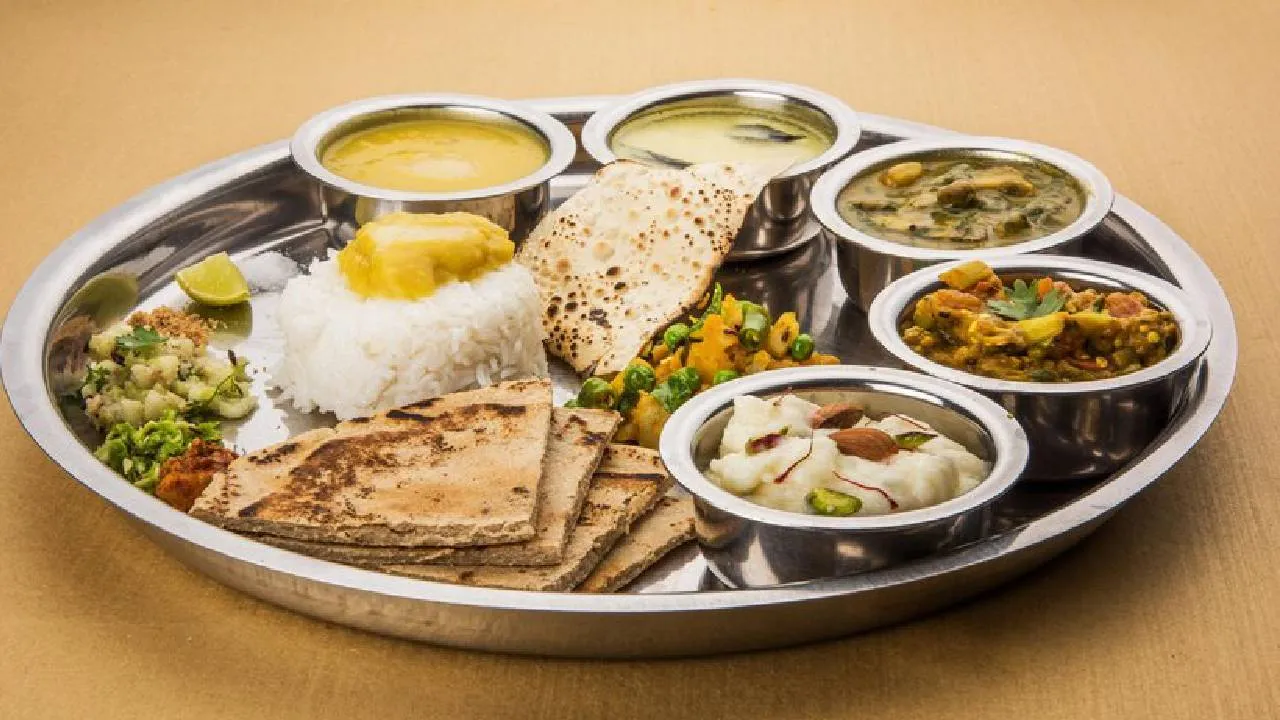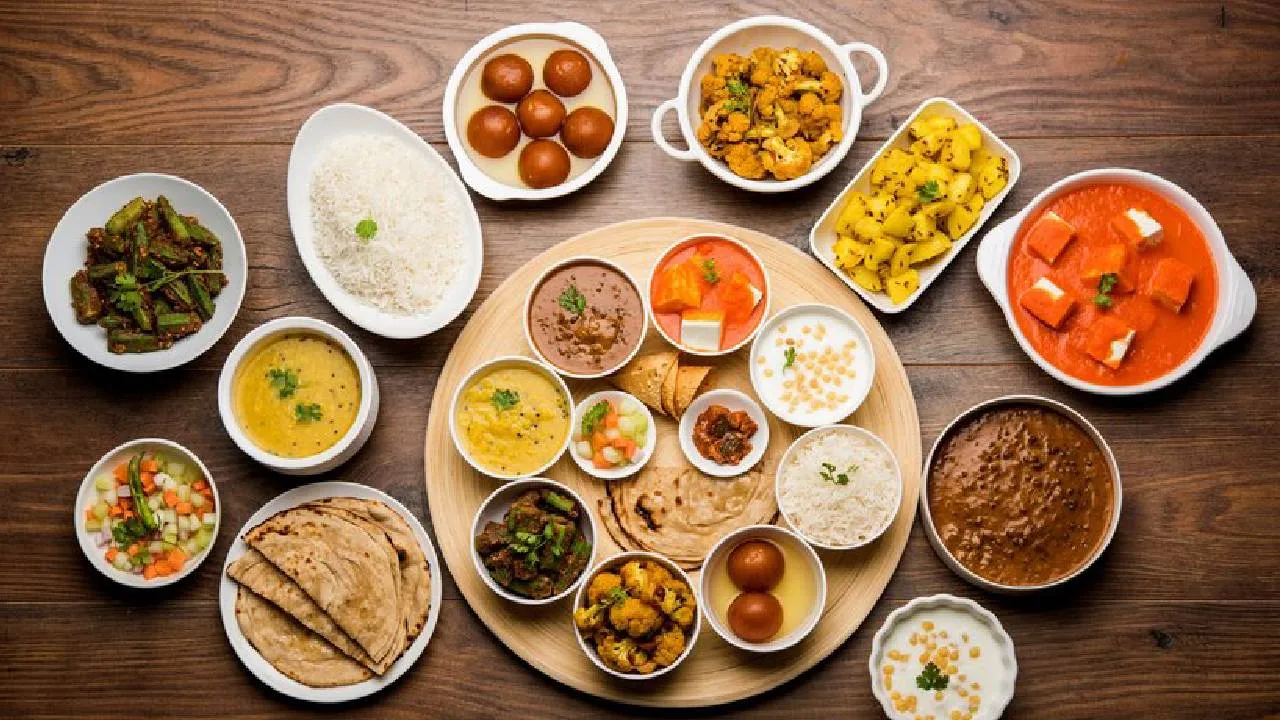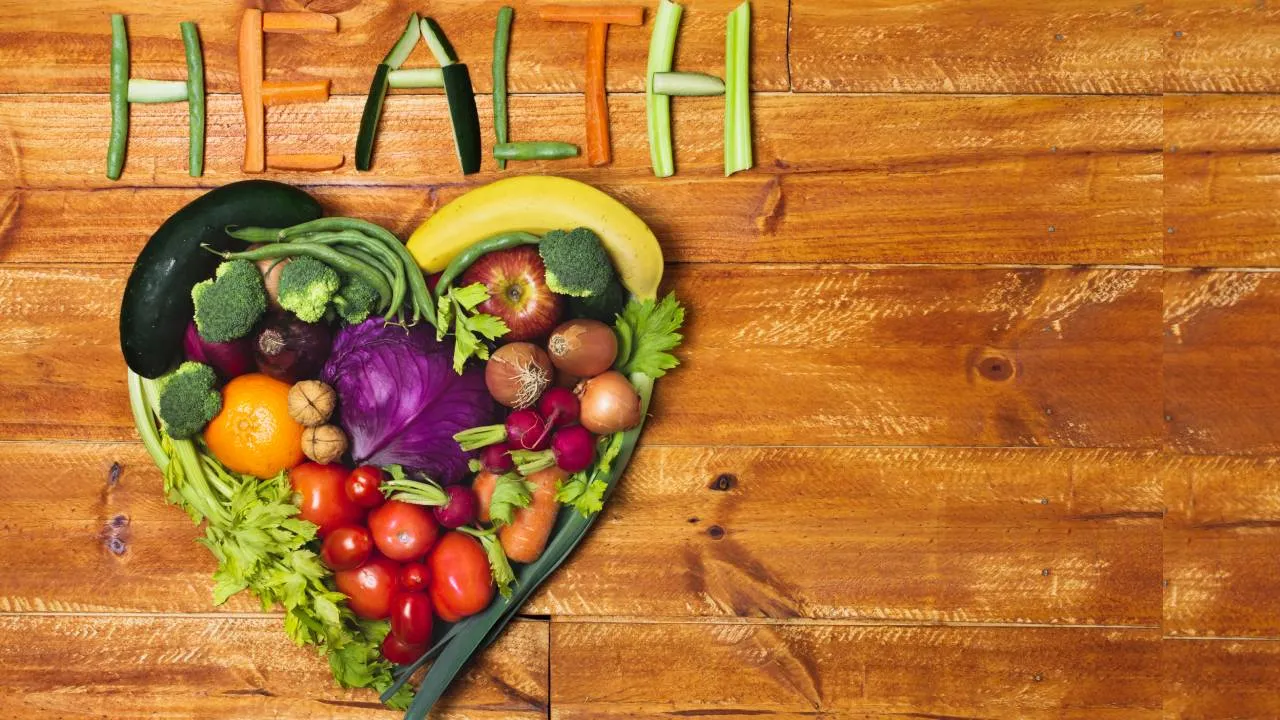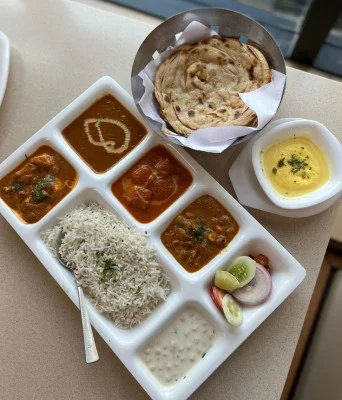Healthy & Balanced: The Nutritional Power of a Daily Veg Thali
Healthy & Balanced: The Nutritional Power of a Daily Veg Thali A Plate Full of Nourishment and Memories
In a world of fast food and calorie counting, there’s something timeless, emotional, and deeply satisfying about sitting down to a daily veg thali. It’s not just food—it’s a story. A story of Grandma’s recipes, Mom’s love, and a legacy of balanced living passed down through generations.
A veg thali—a wholesome platter of vegetarian dishes—represents balance, nutrition, and cultural richness. It’s India’s answer to mindful, healthy eating.
Let’s explore why the daily veg thali isn’t just a meal—it’s a way of life.
What Is a Veg Thali?
The word “thali” means “plate” in many Indian languages. A veg thali typically consists of:
2-3 types of sabzi (vegetable dishes)
Dal or sambar (lentils or curry)
Roti/Chapati or rice
Chutney or pickle
Salad and curd or buttermilk
Papad or dessert (optional)
Each item is carefully placed, not just for visual appeal, but to fulfill nutritional balance, taste variety, and regional preferences.
The Nutritional Power of a Daily Veg Thali
Let’s break down why a daily veg thali is the healthiest food choice you can make:
1. Rich in Fiber
Leafy greens, dal, and whole wheat chapatis are high in dietary fiber—keeping your digestion smooth and your gut healthy.
2. Protein-Packed
Don’t underestimate the power of plant proteins! Dal, legumes, curd, and paneer (occasionally) offer a wholesome protein punch for vegetarians.
3. Loaded with Micronutrients
With seasonal vegetables, curd, and chutneys, you get a natural dose of iron, calcium, magnesium, and vitamins A, C, and B12.
4. Balanced Carbs
Rice and roti provide the perfect amount of carbohydrates needed for daily energy without causing sugar spikes.
5. Healthy Fats
A drizzle of ghee or a spoonful of mustard oil used in cooking helps in absorbing fat-soluble vitamins and adds taste.
6. Portion-Control Built In
Since a thali contains small portions of many dishes, it prevents overeating and encourages moderation—a key to healthy living.
An Emotional Connection with Food
For many of us, a veg thali is nostalgia on a plate. It reminds us of:
Mom lovingly packing tiffins.
Sunday lunches with cousins.
Sitting cross-legged on the floor with a banana leaf plate.
It’s not just a healthy meal—it’s a comfort ritual that brings back warmth, joy, and a sense of rootedness.
Regional Variations: Diversity in Unity
Every part of India has its own version of a healthy veg thali, based on geography, climate, and tradition:
South Indian Thali
Sambar, rasam, poriyal (stir-fried veg), rice, curd, papad
Light, fermented, and easy on digestion
North Indian Thali
Dal, dry sabzi, chapati, rice, curd, pickle
Ghee-rich, hearty, and wholesome
Gujarati Thali
Sweet dal, undhiyu, khichdi, kadhi
Combines sweet, spicy, and tangy flavors
Rajasthani Thali
Baati, dal, churma, gatte ki sabzi
Rich in flavor and great for dry climates
No matter where you're from, the veg thali is a canvas for health with regional art painted all over it.
Why the Veg Thali Is Perfect for Modern Lifestyles
Today, we struggle with:
Skipping meals
Ordering fast food
Overeating carbs or sugar
Poor gut health
A veg thali solves it all. It’s balanced, easy to digest, portion-controlled, and affordable. You can customize it with local and seasonal ingredients and prepare it in under 30 minutes once you plan your week!
Veg Thali and Mindful Eating
Eating a thali forces you to:
Sit down.
Eat with hands.
Enjoy every flavor.
Be present.
This is mindful eating—a practice that promotes better digestion, mental clarity, and deeper connection with food.
Example: A Simple Daily Veg Thali You Can Try
Here’s a balanced meal you can make at home:
2 chapatis (complex carbs)
Moong dal (protein + fiber)
Stir-fried bhindi (vitamins + iron)
Cucumber & carrot salad (hydration + roughage)
Homemade curd (probiotics + calcium)
A small piece of jaggery (sweet ending + iron boost)
10 Frequently Asked Questions (FAQs)
Q1. Is a daily veg thali suitable for weight loss?Yes! With portion control and balanced nutrients, a veg thali is excellent for healthy weight management.
Q2. Can I make a veg thali without rice?Absolutely. You can use chapati, multigrain roti, or even quinoa as an alternative.
Q3. How many calories does a standard veg thali have?A homemade veg thali ranges between 500–700 calories depending on the ingredients and portion size.
Q4. Is a thali good for diabetics?Yes, if made with whole grains, fiber-rich veggies, and minimal sugar, it’s diabetic-friendly.
Q5. Can veg thali provide enough protein?Yes! Lentils, legumes, dairy (curd/paneer), and soy add sufficient protein.
Q6. How often should I include curd or buttermilk in my thali?Daily! They improve digestion, add calcium, and cool the body.
Q7. What oil should I use for cooking my thali?Use cold-pressed oils like mustard, coconut, or groundnut oil in moderation.
Q8. Can I prepare a veg thali in under 30 minutes?Yes. With a basic meal plan and pre-cut veggies, it’s very manageable.
Q9. Is thali better than ordering from restaurants?Homemade thalis are healthier, cheaper, and more nutrient-dense than restaurant meals.
Q10. How can I make my thali more interesting every day?Rotate vegetables, try new dals, use seasonal fruits, and switch up your sides!
Conclusion: The Thali Is Your Ticket to Health
The beauty of a daily veg thali lies in its simplicity, affordability, and emotional richness. In just one plate, you get everything your body and soul crave—nourishment, tradition, and love.
At Taste-e-Ride, we believe in bringing that tradition back to your table—healthy food that touches your heart and strengthens your body.
So next time you're hungry, skip the fast food. Instead, serve yourself a thali—and ride the taste of health, one plate at a time.
Read More
 Food
Food








